
The Beginner’s Guide to Potion Crafting
Discover the essentials of potion crafting, from basic tools to transformative techniques.

Discover the essentials of potion crafting, from basic tools to transformative techniques.

Magick circles are a hot topic among those who practice magick and witchcraft. People have mixed feelings about them; some see them as essential, while others believe they can be skipped. If you’ve ever found yourself caught in the middle of this debate, you’re not alone. Here, we’ll break down what magick circles are, why they can be controversial, and how they can be beneficial. You’ll learn when and why you might want to incorporate them into your practice. What Are Magick Circles? Magick circles are temporary energy barriers that practitioners of magick often use in their rituals. Think of them as a kind of energetic boundary that can be customized to serve different purposes, from protection to creating a sacred space for your magickal work. Physical vs. Energetic Circles Magick circles can be either physically marked or purely energetic. You might outline a circle with rope, flour, or even salt to represent the boundary, but it’s not always necessary to have a physical marker. Many practitioners prefer to work with an invisible circle, relying on their focus and intent to establish the boundary. This can be especially useful for those who practice alone or need to set up quickly. Ritual Usage Problems with Magick Circles Magick circles, despite their widespread use, are not without controversy. There are several issues surrounding their use, from cultural appropriation to misunderstandings about their purpose. Cultural Appropriation and Misrepresentation The popularity of magick circles in modern Western practices often leads to a misunderstanding of their cultural significance. Some practitioners insist that their specific way of using circles is the only correct method, which can overshadow the rich diversity of magickal traditions worldwide. This can be particularly problematic when practitioners are unaware of the history and origins of the practices they adopt. Misunderstanding Their Purpose Many people view magick circles as purely protective, which can contribute to a fear-based approach to magick. This perspective might make some practitioners feel like witchcraft is inherently dangerous, which is not the case. Magick circles do provide protection, but they can also serve many other purposes. Overemphasizing their protective nature might make some practitioners overlook their broader potential and possibilities. Dogmatism in Practice The insistence that magick circles are necessary for all magickal work can be limiting. Magick is a highly personal practice, and what works for one person may not work for another. There is no universal rule that says everyone must use circles. In fact, many magickal practices don’t involve them at all. It’s essential to explore and find what resonates with your unique approach. Benefits of Magick Circles Magick circles can offer many advantages in magickal practices, and their versatility makes them a powerful tool for many practitioners. Versatility in Function Magick circles can be tailored to serve a variety of functions beyond protection. They can be used to invite sacred powers into your space, connect different realms, or focus energy for a specific task. Their versatility is what makes them a valuable addition to many rituals. You can design your circle to suit the unique needs of your practice, making it a personalized element of your magickal toolkit. Facilitating Spiritual States One of the fantastic things about magick circles is their ability to help practitioners achieve altered states of consciousness. By walking or dancing within a circle, you can enhance your focus and elevate your spiritual awareness. This can be a great way to prepare for a ritual or to deepen your connection to the energies you’re working with. Magick circles can help you tap into a higher state of being, where the magick truly happens. Connecting to the Spirit World Magick circles can create a liminal space that allows for easier communication with the spirit world. If you’re trying to connect with spirits or harness specific energies, casting a circle can facilitate this process. It acts as a bridge between the physical and spiritual realms, making it easier for energies to flow and interact. This can be particularly helpful if you’re working with spirits or other entities as part of your practice. Raising and Managing Power Magick circles are excellent tools for raising and managing energy during rituals. By casting a circle, you effectively create a container that can hold and focus the energy you’re working with. This is especially important when you’re raising a significant amount of power, as it can help prevent the energy from dissipating or affecting your surroundings. Think of it like cooking a big pot of soup. If you have a lot of ingredients and you’re trying to combine them all in a small pot, you’ll likely end up with a mess. But if you use a large enough pot, you can mix everything together without any trouble. Similarly, a magick circle acts like a cauldron, allowing you to gather and combine various energies without losing control. Hosting Spiritual Powers Magick circles are also perfect for inviting spiritual entities to join your ritual. When you create a circle, you can set it up to act like a welcoming space for specific spirits or deities. This is similar to the concept of “calling the quarters” in Wicca, where practitioners invite elemental forces to participate in their rituals. By pausing during the creation of your circle, you can open doorways within it to allow spiritual powers to enter. This structured approach can make your ritual more powerful and effective, as it ensures that the entities you’re working with are present and engaged from the beginning to the end of your magickal work. Protection Magick circles are renowned for their protective properties. They form a barrier that is challenging for spirits and unwanted energies to penetrate. While not every spell requires this level of protection, there are situations where it can be beneficial. For instance, if you’re performing a ritual outdoors or in a place filled with spirits, a circle can prevent these energies from interfering with your work. Similarly, if you’re doing divination for others, a circle can help protect
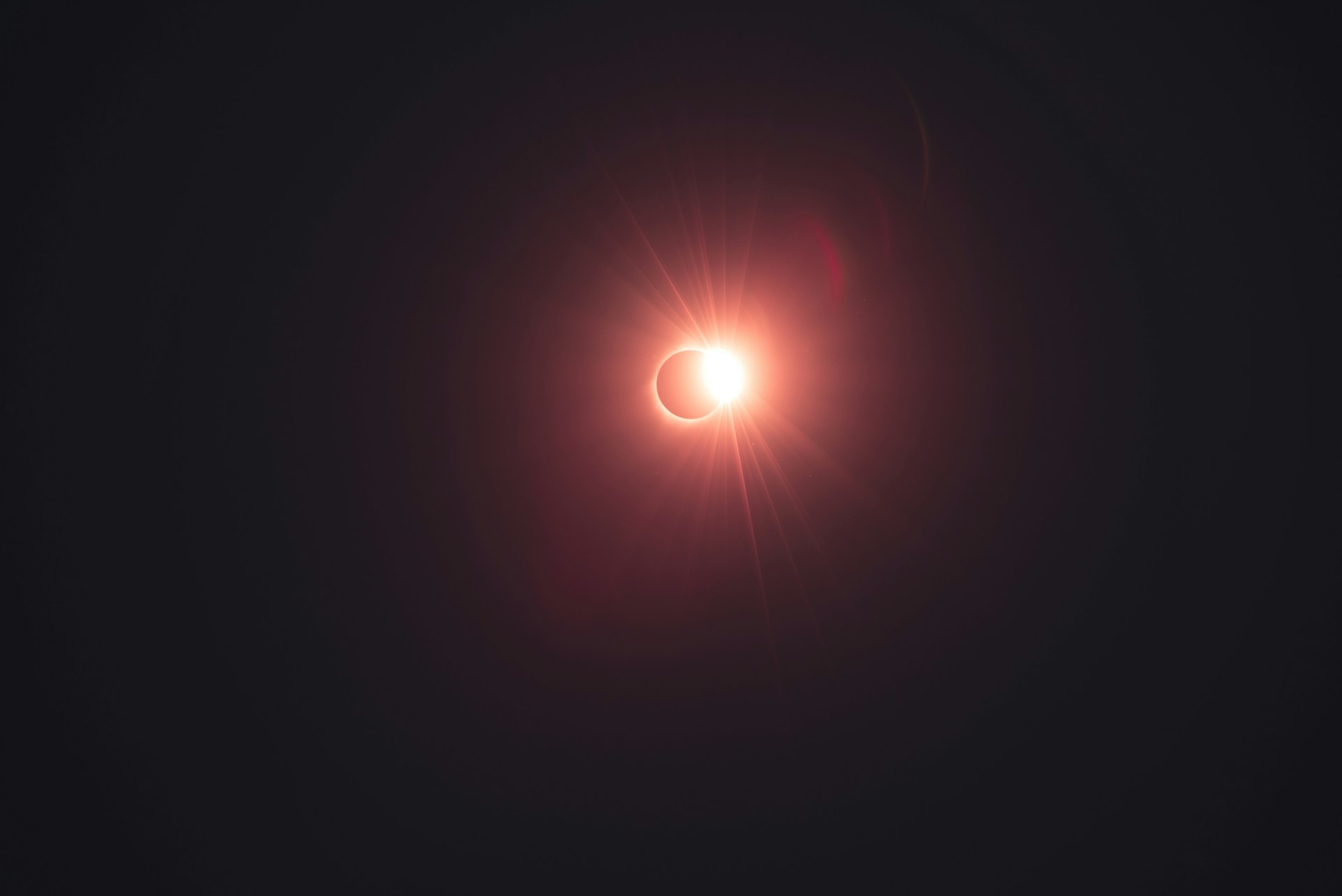
Timing your crystal charging rituals is crucial. Learn why eclipses aren’t ideal for crystal charging and discover the best lunar events to align your crystals with powerful energy.
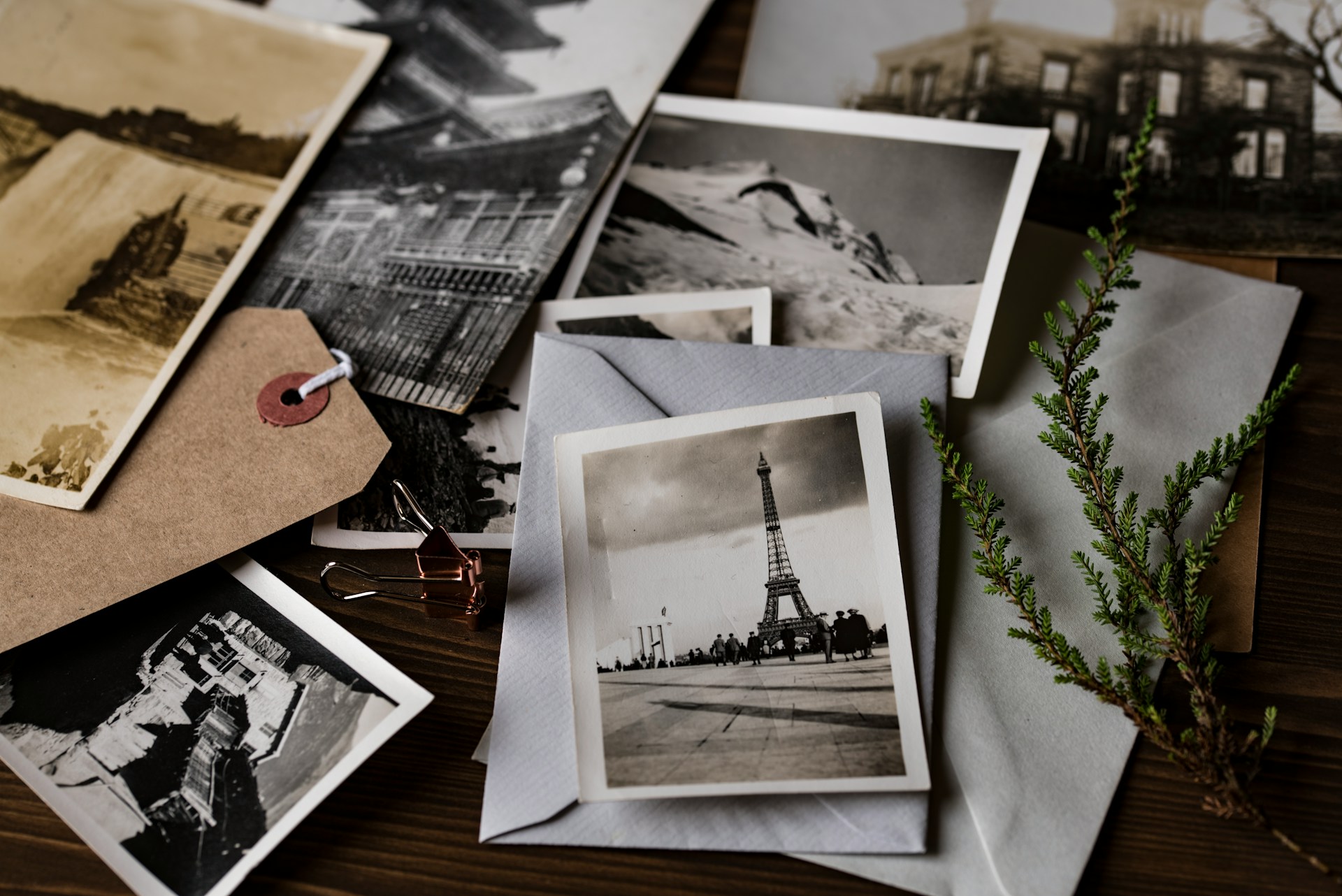
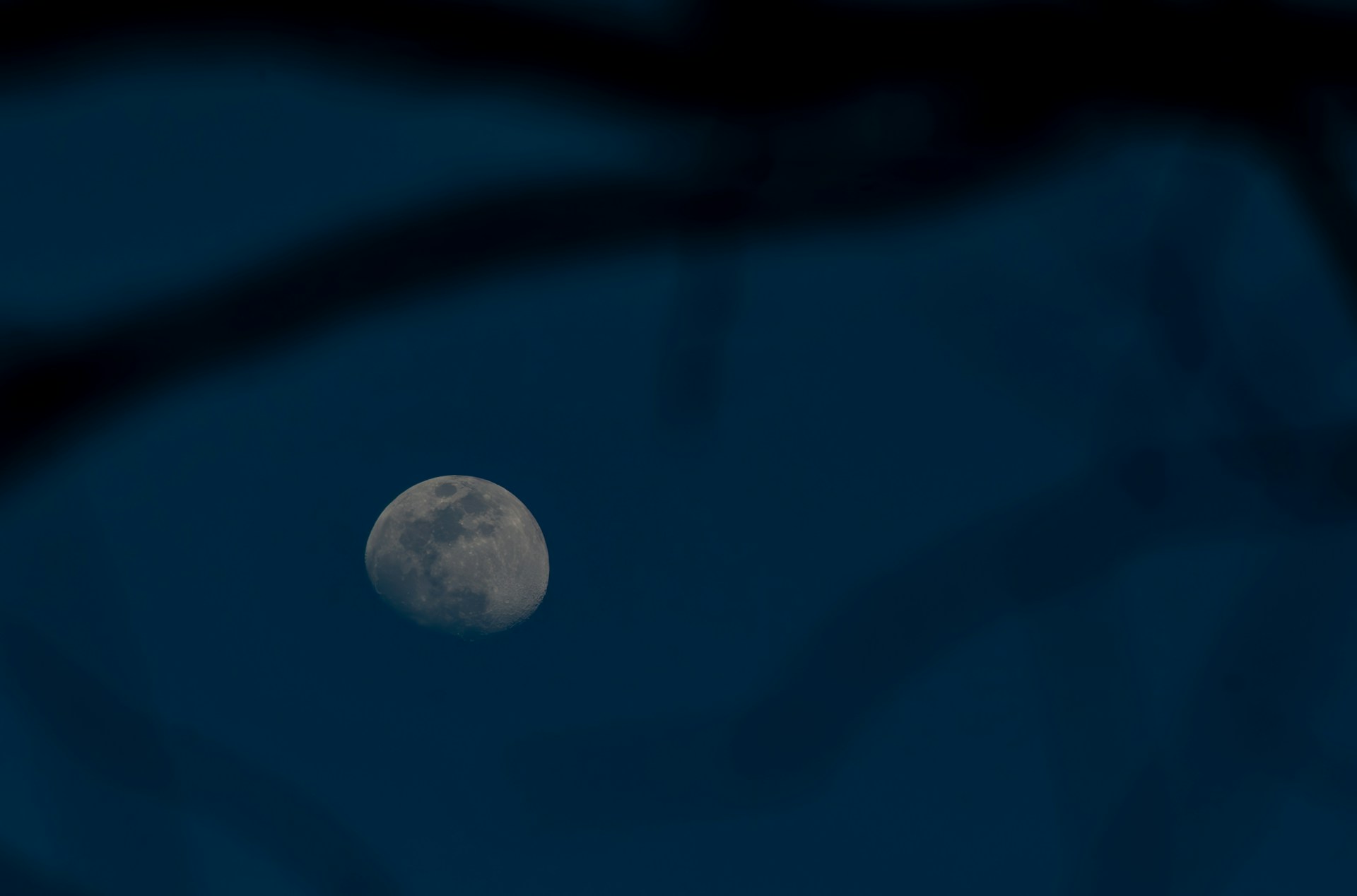

Hydrate or die-drate.
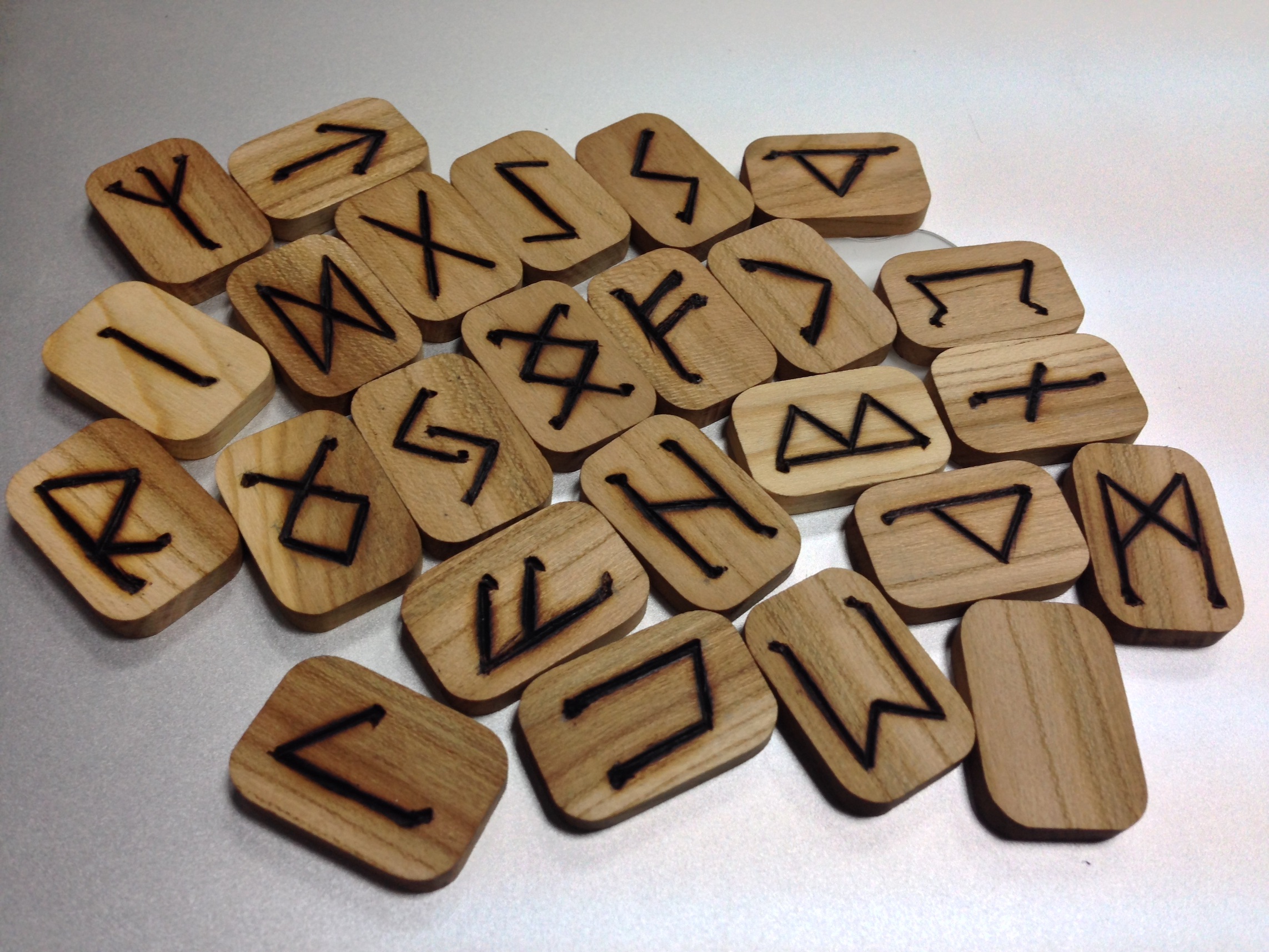
The Elder Futhark runes are an ancient Germanic script used from the 2nd to the 8th centuries, primarily by tribes in what is now Scandinavia and other parts of northern Europe. Each rune not only represented a sound but also held specific meanings and symbolic significance. In magick, runes are used as tools for divination, spellwork, and invoking spiritual protection, among other uses. The powerful symbolic meanings associated with each rune make them versatile and potent elements in various magickal practices. Elder Futhark Rune Meanings Here are explanations for each of the 24 runes of the Elder Futhark and their uses: FEHU (ᚠ) represents Livestock. It symbolizes Wealth, Abundance, Success, Security, Fertility. URUZ (ᚢ) represents the Wild Ox. It symbolizes Strength, Health, Wild Potential, Freedom. THURISAZ (ᚦ) represents a Thorn or Giant. It symbolizes Defense, Reactive Force, Conflict, Protection. ANSUZ (ᚨ) represents a God, associated with Odin. It symbolizes Wisdom, Communication, Revelation, Authority. RAIDHO (ᚱ) represents a Ride or Journey. It symbolizes Travel, Movement, Rhythm, Order. KENAZ (ᚲ) represents a Torch. It symbolizes Vision, Revelation, Knowledge, Creativity. GEBO (ᚷ) represents a Gift. It symbolizes Generosity, Exchange, Balance, Hospitality. WUNJO (ᚹ) represents Joy. It symbolizes Pleasure, Comfort, Harmony, Fellowship. HAGALAZ (ᚺ) represents Hail. It symbolizes Disruption, Change, Destruction, Challenge. NAUTHIZ (ᚾ) represents Need. It symbolizes Necessity, Hardship, Survival, Endurance. ISA (ᛁ) represents Ice. It symbolizes Stasis, Clarity, Challenge, Delay. JERA (ᛃ) represents Harvest. It symbolizes Cycles, Peace, Prosperity, Fruitfulness. EIHWAZ (ᛇ) represents the Yew Tree. It symbolizes Endurance, Transformation, Death, Regeneration. PERTHRO (ᛈ) represents Fate or a Cup. It symbolizes Mystery, Destiny, Chance, Gambling. ALGIZ (ᛉ) represents Protection. It symbolizes Defense, Shielding, Support, Warding. SOWILO (ᛊ) represents the Sun. It symbolizes Success, Honor, Health, Vitality. TIWAZ (ᛏ) named after the god Tyr, represents Justice. It symbolizes Law, Order, Sacrifice, Warrior’s Path. BERKANO (ᛒ) represents the Birch Goddess. It symbolizes Birth, Regeneration, New Beginnings, Fertility. EHWAZ (ᛖ) represents the Horse. It symbolizes Trust, Partnership, Loyalty, Friendship. MANNAZ (ᛗ) represents Mankind. It symbolizes Humanity, Support, Social Order, Culture. LAGUZ (ᛚ) represents Water. It symbolizes Flow, Intuition, Dreams, Emotions. INGWAZ (ᛜ) named after the god Ing, represents Fertility. It symbolizes Growth, Common Welfare, Completion. DAGAZ (ᛞ) represents Day or Dawn. It symbolizes Awakening, Clarity, Breakthrough, Transformation. OTHALA (ᛟ) represents Ancestral Property. It symbolizes Heritage, Inheritance, Home, Permanence. Elder Futhark Uses in Magick Each rune’s unique energies and attributes allow them to be used in a multitude of ways within magickal practices, and their use can be adapted to fit the needs and intuitions of individual practitioners. Here’s how runes are typically used in magick: 1. Divination Runes are commonly used in divination systems, similar to tarot or oracle cards. This practice is known as “rune casting.” Practitioners might draw runes from a bag at random and interpret them based on their positions and the runes themselves, using their traditional meanings to gain insight into personal questions, future events, or spiritual guidance. 2. Spellwork Runes can be used in spellwork by inscribing them on candles, papers, amulets, or other objects. Each rune’s symbolic properties can be utilized to enhance the spell’s intention. For example, Fehu could be used in a prosperity spell, while Berkano might be incorporated into a ritual for fertility or new beginnings. 3. Runic Scripts Runes can be combined to create bindrunes—combinations of several runes merged into a single symbol. These bindrunes combine the powers and aspects of each rune to achieve a specific magickal goal. They can be designed for protection, to attract love, to ensure victory, or any other purpose by selecting appropriate runes and merging their shapes. 4. Meditation and Focus Runes can also serve as focal points for meditation. The practitioner might focus on a specific rune to draw its energy during meditation, seeking to internalize the rune’s qualities, such as strength, wisdom, or peace. 5. Protection Runes are used for protection by inscribing them on objects, doorways, or even people. Algiz, for example, is a rune often associated with protection and may be used to guard a person from negative energies or influences. 6. Amulets and Talismans Runes are engraved on or incorporated into amulets and talismans to carry their power with the bearer. These objects serve as protective wards or as tools to enhance specific qualities in the wearer, such as courage (Tiwaz) or mental clarity (Ansuz). 7. Healing and Restoration Some runes have healing connotations and can be used in rituals intended to facilitate healing and physical recovery. For example, Laguz, associated with water, might be used in healing practices related to emotional or physical cleansing.

Give your spells an extra boost by aligning them with specific moon phases.

Learn what it means to make spells unique to your craft.
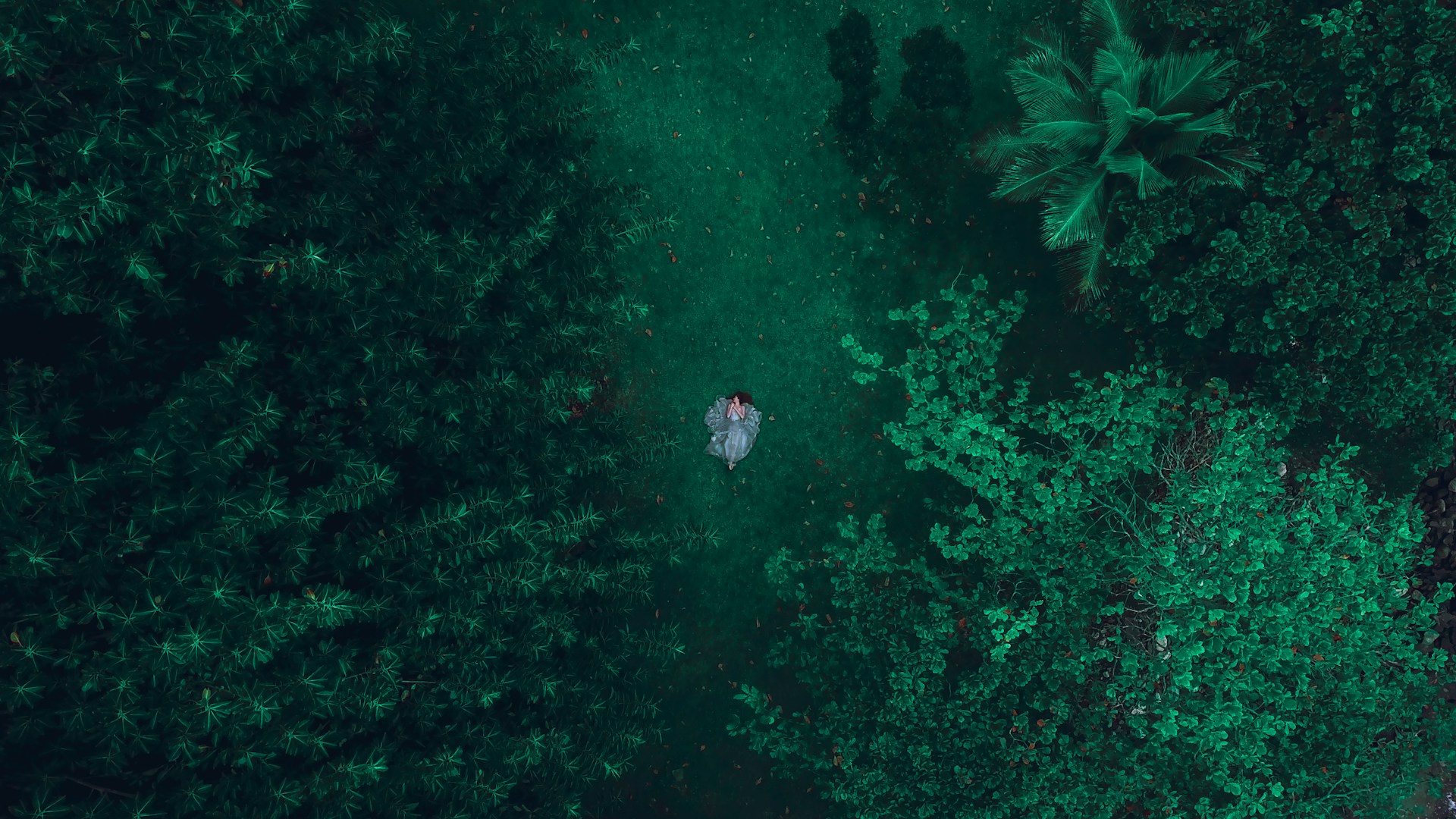
A guide to the green witchcraft path.